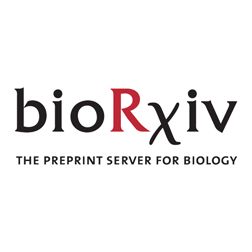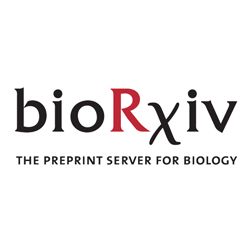


journals.asm.org/doi/10.1128/...

journals.asm.org/doi/10.1128/...
https://doi.org/10.1371/journal.ppat.1012876
https://doi.org/10.1371/journal.ppat.1012876


"Fungi include mushrooms, molds, lichens, yeasts, and zoosporic forms that occur as free-living or symbiotic organisms in every ecosystem on Earth. About 155,000 species of Fungi have been described, [...]."
🧪🧬 #iTeachBio #Science #Biology #Ecology
www.cell.com/current-biol...

"Fungi include mushrooms, molds, lichens, yeasts, and zoosporic forms that occur as free-living or symbiotic organisms in every ecosystem on Earth. About 155,000 species of Fungi have been described, [...]."
🧪🧬 #iTeachBio #Science #Biology #Ecology
www.cell.com/current-biol...
Source: Journal of Proteomics
Author(s): Rafael F. Castelli, Haroldo C. de Oliveira,… #MassSpecRSS

Source: Journal of Proteomics
Author(s): Rafael F. Castelli, Haroldo C. de Oliveira,… #MassSpecRSS
Much to learn still & this review may help.
#IDSky #MicroSky
Geographical distribution of the #Cryptococcus gattii species complex: a systematic review
www.thelancet.com/journals/lan...
#MycoSky #IDSky #MicroSky #OpenAccess #OA

doi.org/10.1080/2150...
@tandfresearch.bsky.social

doi.org/10.1080/2150...
@tandfresearch.bsky.social
Mazen Alhommrani - STING inhibitors
Sarah Binmahfooz - Targeting HECT E3 ligase
Laura Saunders - Xenon lung imaging
Simon Johnston - Cryptococcus phagocytosis




Mazen Alhommrani - STING inhibitors
Sarah Binmahfooz - Targeting HECT E3 ligase
Laura Saunders - Xenon lung imaging
Simon Johnston - Cryptococcus phagocytosis

A Tachyplesin Antimicrobial Peptide from Theraphosidae Spiders with Potent Antifungal Activity Against Cryptococcus neoformans Abstract The venoms of…

A Tachyplesin Antimicrobial Peptide from Theraphosidae Spiders with Potent Antifungal Activity Against Cryptococcus neoformans Abstract The venoms of…



www.biorxiv.org/content/10.1...

www.biorxiv.org/content/10.1...
Alzheimer’s brains had overabundance of several microbes – such as Streptococcus/Staphylococcus in bacteria, and Candida/Cryptococcus in yeasts which are all well known to cause diverse pathologies in humans
www.theguardian.com/lifeandstyle...

Alzheimer’s brains had overabundance of several microbes – such as Streptococcus/Staphylococcus in bacteria, and Candida/Cryptococcus in yeasts which are all well known to cause diverse pathologies in humans
www.theguardian.com/lifeandstyle...



